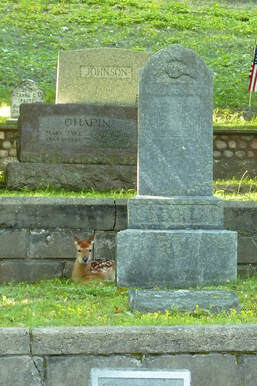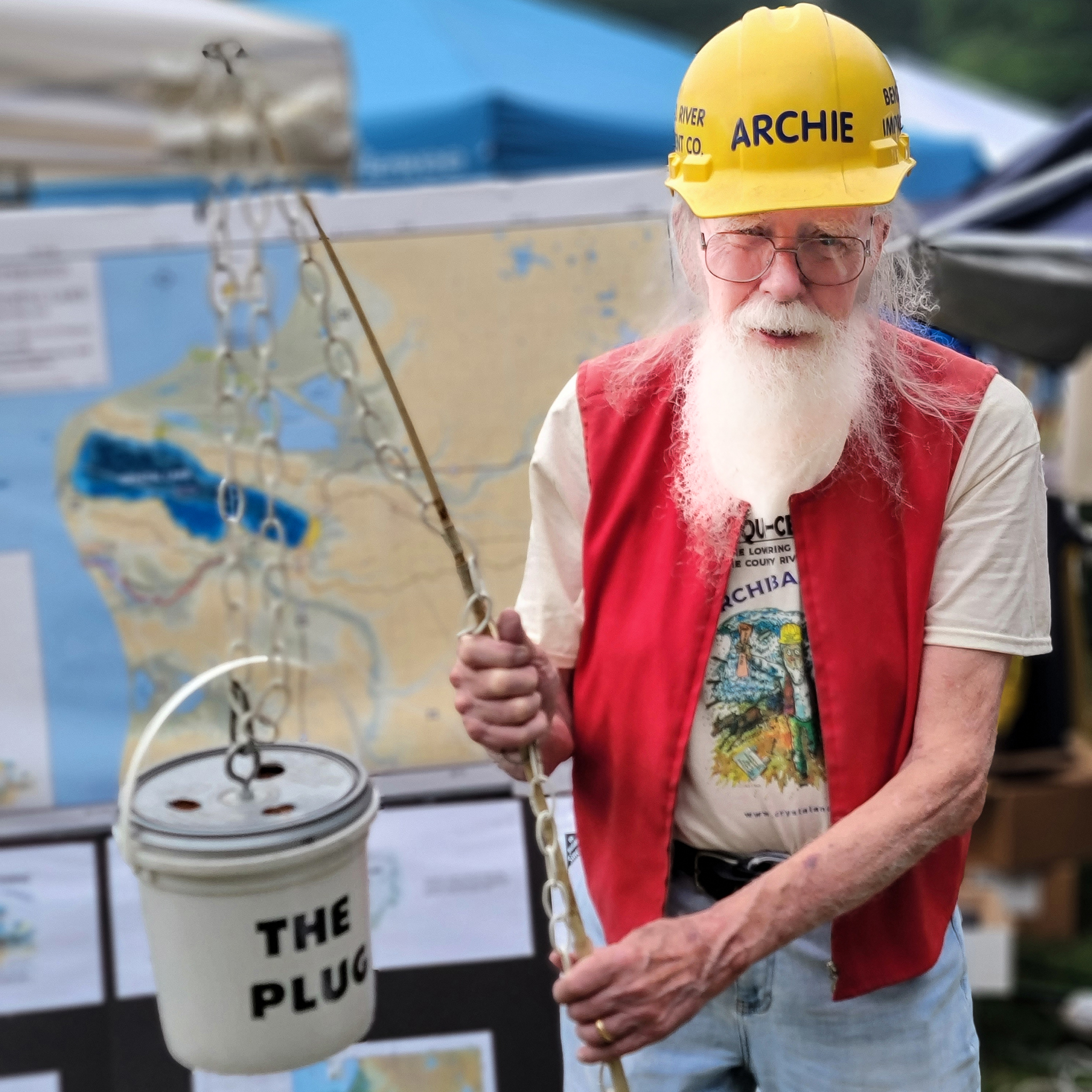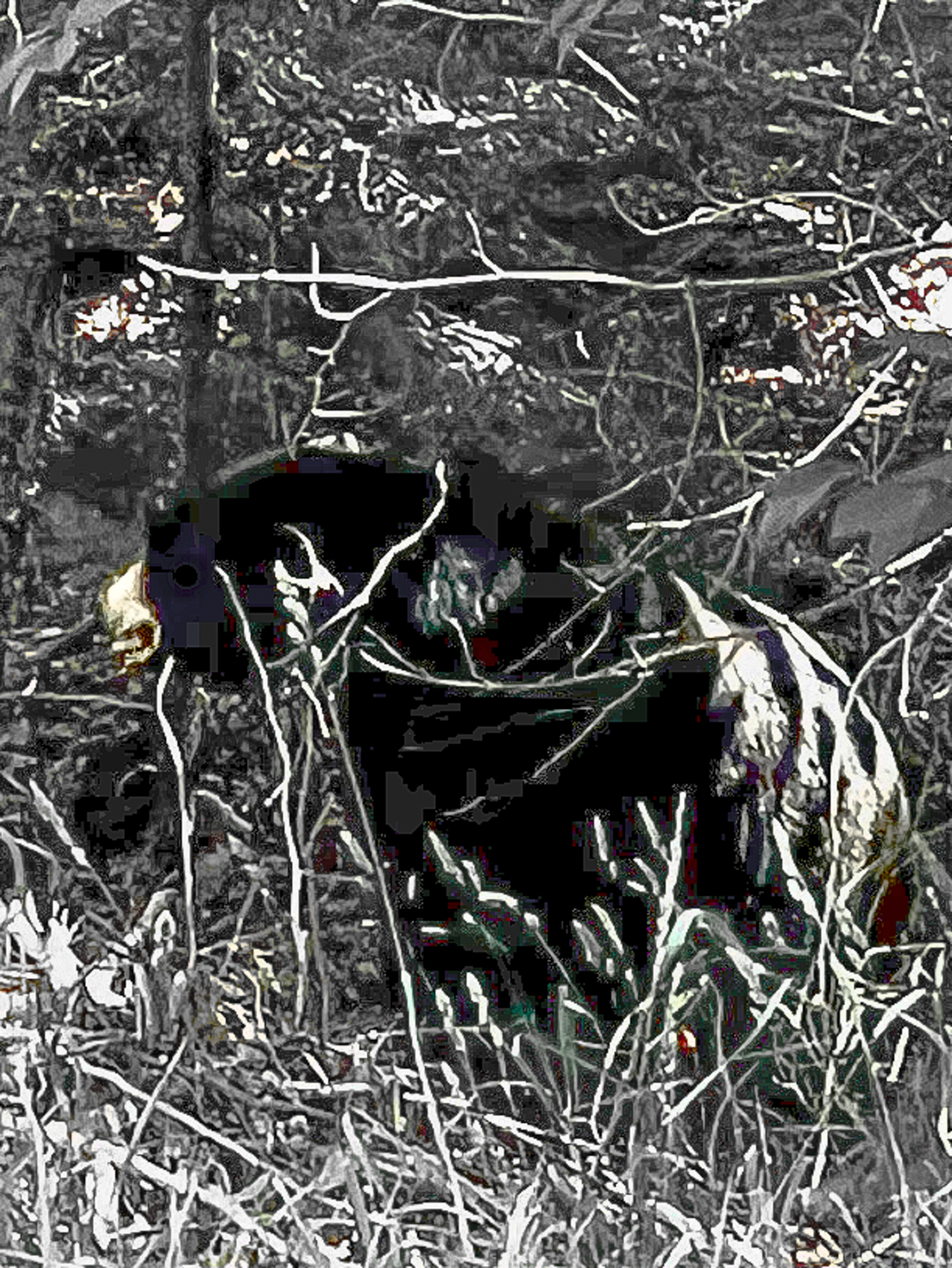Spotlight on Committees: Tennis Committee
By Ginanne Brownell
That shaping up has been helped in large part by the very active tennis committee, which is co-chaired by brothers-in-law Alan Marble and Dennis Nahnsen. The two men –who are both known to take part in CSA adult lessons—took over the roles about eight years ago. Though there had been a tennis committee before that—with Alan estimating it probably started back in the 1990s— it had not been very active for a number of years.
The tennis program at CSA has grown in leaps and bounds over the last few years. For example, in 2022 the week of July 18th saw a whopping 576 adults and children participate in tennis lessons throughout the week, while this year the top week of July 10th saw 435 participate (some of these numbers include repeat “satisfied customers.”)
Two years ago, the tennis committee added pickleball to the summer roster. Pickleball is one of the fastest growing sports in the country, and it has certainly become popular at the Assembly. This past July the first Pickleball Festival was held with over 50 participants.
The CSA Tennis Committee is responsible for the administration of all tennis activities that take place in the CSA. Its duties include creating and implementing the rules and requirements for all tennis activities and court usage on the grounds of the CSA, working with the Managing Director of the CSA to hire the tennis staff, and helping to organize and oversee two week-long tennis tournaments in July and August.
 Alan Marble, Tennis Committee Cochair, is pictured on right after the Senior Men’s Doubles Final match in the August 2023 tournament.Steve, of course, ran the CSA tennis program for years and, lucky for us, he came back two years ago. “Denny approached Steve in January of 2022 and he expressed a sincere desire to run the CSA program once again,” said Alan Marble. “We cobbled together an aggressive budget proposal, got the support of the Board of Trustees and the new (amazing) managing director, and the program set records for attendance in 2022. We asked for an additional $6K for the 2023 budget, all towards salaries, and we got it.”
Alan Marble, Tennis Committee Cochair, is pictured on right after the Senior Men’s Doubles Final match in the August 2023 tournament.Steve, of course, ran the CSA tennis program for years and, lucky for us, he came back two years ago. “Denny approached Steve in January of 2022 and he expressed a sincere desire to run the CSA program once again,” said Alan Marble. “We cobbled together an aggressive budget proposal, got the support of the Board of Trustees and the new (amazing) managing director, and the program set records for attendance in 2022. We asked for an additional $6K for the 2023 budget, all towards salaries, and we got it.”He added that the committee has worked hard to obtain new equipment including courtside benches and tournament scorecards, as well as developing a new program for monitoring tournament play with volunteers to ensure consistency and reporting of scores and to monitor sportsmanship. Two of the Woods courts were resurfaced last winter, and the other two will be redone for the 2024 season.
Alan says that the committee has been pleased with not only Steve coming back to help run the program but also the results, including the numbers of those signing up for the July and August tournaments as well as the weekly tennis classes. The success of the tennis program is, says Alan, “of great pride to the committee.” And for all those who love tennis, the program has become one of the highlights of summer at the CSA.

 The surest way to find her is to look to the tennis courts. Since she was 11, when she began volunteering with the tennis program, we’ve had the privilege to watch her grow up into the confident young adult that she is today. She has been described as “being fantastic with the kids, always leading with kindness and inclusion.” “She has a smile on her face every morning, while being patient, kind and nurturing.” “Her parents have exposed her to great family values, to treasure the environment, and the importance of the CSA community.”
The surest way to find her is to look to the tennis courts. Since she was 11, when she began volunteering with the tennis program, we’ve had the privilege to watch her grow up into the confident young adult that she is today. She has been described as “being fantastic with the kids, always leading with kindness and inclusion.” “She has a smile on her face every morning, while being patient, kind and nurturing.” “Her parents have exposed her to great family values, to treasure the environment, and the importance of the CSA community.”

